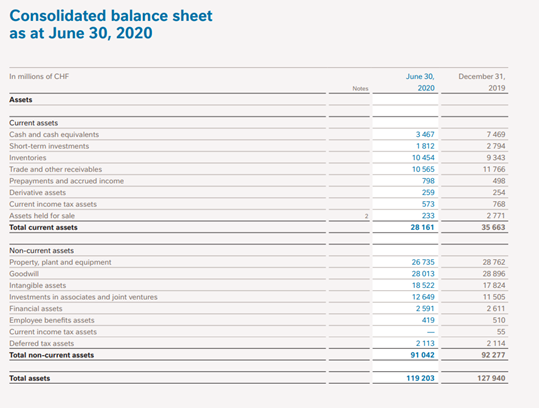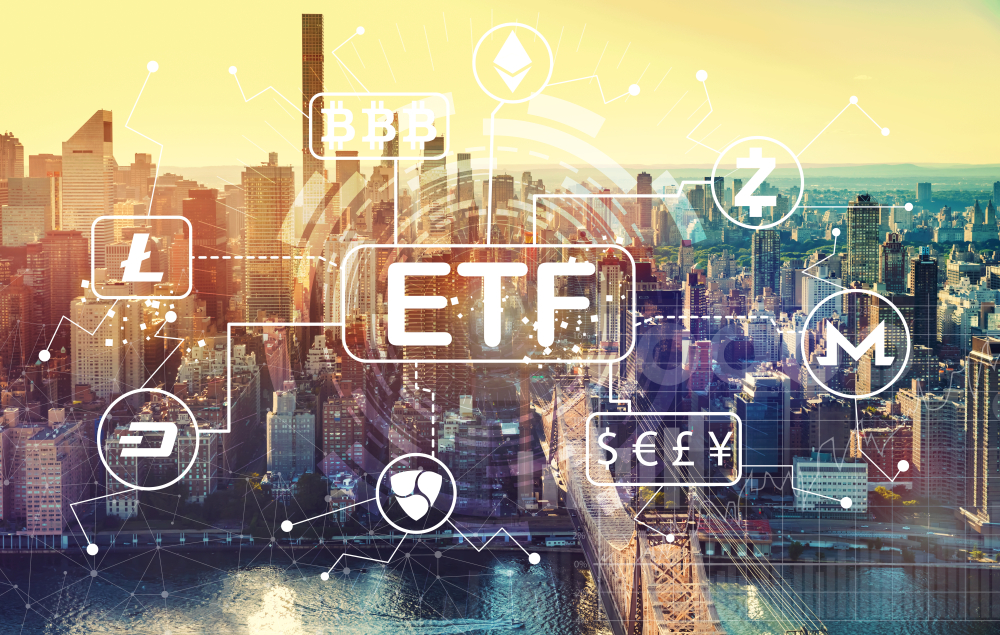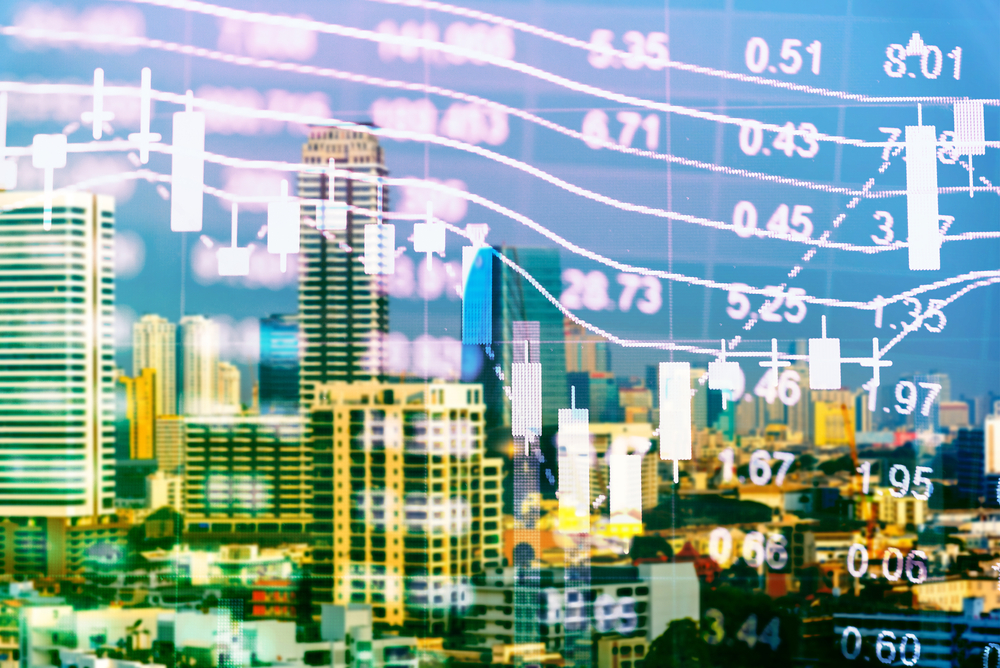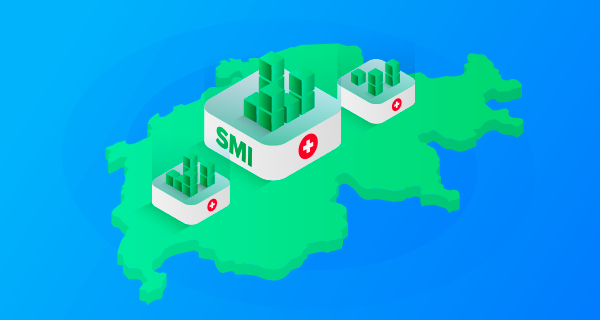An asset is a resource with an economic value, which can be owned or controlled by an individual, a company, government, or another entity that is expected to generate gains in the future.
Understanding Assets:
In financial accounting, an asset is any valuable resource that belongs to an economic entity and its monetary value is reported on the balance sheet.
Takeaway:
-
An economic entity can be in the business sector, such as individuals, companies, or the government sector.
-
Assets play an important role in financial accounting; an entity usually expects it will generate a future gain and it is reported on its balance sheet along with its monetary value.
-
Assets can be divided into two subclasses: tangible assets and intangible assets. Tangible assets are physical; examples are machinery, buildings, cash. Intangible assets lack physical substance; examples are copyrights, franchises, trademarks, and financial assets (stocks, bonds, index funds, etc.).
Examples
Let's take Nestlé Half-year Report January – June 2020 (This stock can be traded on the FlowBank's trading platforms) as an example.
Source: https://www.nestle.com/sites/default/files/2020-07/2020-half-year-report-en.pdf
From its balance sheet, we can see that Nestlé has different types of assets:
Current assets: include cash and cash equivalents, short-term investments, inventories, trade, and other receivables, prepayment and accrued income, derivative assets, current income tax assets, assets held for sale. These are assets that should produce an income immediately or shortly (within the next year, generally). E.g. cash can be spent right away, inventory can be sold in the coming weeks, etc.
Non-current assets: include property, plant, and equipment, goodwill, intangible assets, investments in associates and joint ventures, financial assets, employee benefits assets, current income tax assets, deferred tax assets. These are assets for which the full value will not be realized in the upcoming year. A property can generally not be sold overnight and the same goes for machinery.
In total, Nestlé has total current assets amounting to over 28 000 million CHF, total non-current assets amounting to over 91,000 million, and total assets amounting to over 119,000 as of June 30th, 2020.
Tell me more:
What are the characteristics of an asset?
There are three main characteristics of an asset.
1. It brings future economic benefits
To bring future economic benefits or potential services is the essence of the asset. Companies or individuals expect an asset to bring economic benefits to the business that directly or indirectly contributes to the inflow of cash and cash equivalents into the business. This value can come from the day-to-day activities of the business or non-routine activities, and the economic benefits can be in the form of cash and cash equivalents. For example, a delivery truck is an asset to IKEA, as it is used to provide value to customers, who in turn pay for the delivery service. As a counter-example, a broken machine is not considered an asset as it will not be able to generate value anymore.
2. It can be owned or controlled by the company
The company must have either ownership of the asset, or if it does not own the asset, it should have the right to control it. If you own a shop in the city to sell coffee, the shop is an asset. If you happen to not own it but have the right to use it and derive economic value from it, it is still an asset.
3. It is the result of a past transaction
The asset was created by the company through a past transaction, not in the future. The company has owned the asset in the past through purchases, production, or other transactions. A machine that you are planning to buy, but do not own yet nor have control over, is not considered an asset yet.
What are the types of assets?
Assets are classified based on different criteria. We can divide assets into current and fixed assets (non-current assets) based on whether they can be liquidated quickly, tangible assets, and intangible assets based on whether they are physical or not.
1. Current Assets
Current assets are liquid assets that are used by the company for business operations, usually for one year or less. Current assets contrast with non-current assets (fixed assets).
Current assets are being recorded on a company's balance sheet, one of the financial statements that must be written each year. Current assets can quickly be turned into cash or cash equivalents within a short period. In conclusion, it has a quick turnaround potential and high liquidity.
Below are some examples of current assets:
- Monetary assets: refers to cash and cash equivalents
- Commodity assets: Inventory and goods in transit
- Non-commodity assets: including packaging, supplies and materials, low-value consumables.
- Settlement of assets: including various types of receivables, advances, bills receivables (money you are expecting to receive within the current year.
2. Fixed Assets (non-current assets)
Fixed Assets, also called non-current assets, are long-term assets that a company has purchased and is using for business operations. This type of asset has an expected lifetime to produce goods or services, can be leased to others, or held for company administrative purposes for more than one year.
Fixed assets are also referred to as physical assets, meaning they are long-term tangible assets.
Below are some examples of fixed assets
- Offices, buildings, and lands
- Machinery
- Office equipment
- Transportation equipment
3. Tangible Assets
A tangible asset is an asset in the form of a specific physical product. The company has two types of assets: tangible assets and intangible assets. In contrast to intangible assets, tangible assets have a physical volume, whereas intangible assets do not.
Tangible assets can be found on the balance sheet either under the current assets or non-current assets.
Below are some examples of tangible assets:
- Cash (current)
- Inventories (current)
- Buildings (non-current)
- Machinery (non-current)
- Equipment (non-current)
- Land (non-current)
4. Intangible Assets
Intangible assets are not items that you can physically touch and see. They are rather expressed as some legal right or technology. Intangible assets can usually be valued in monetary terms.
Below are some examples of intangible assets:
- Patent rights
- Trademark rights
- Copyrights
- Franchises
- Proprietary technologies
5. Financial Assets
Financial Assets are the generic term for all financial instruments traded in financial markets based on different asset classes.
Although a financial asset may seem abstract and intangible, it sometimes has a concrete value, such as ownership of a company or a commodity. If you decide to trade oil, the goal for you isn’t of course to get the barrels delivered to your house, but having the financial asset proves ownership of a certain quantity, which you might sell later for a profit.
Financial assets are traded on different markets depending on their types. Here is a quick overview of the different markets and the financial assets traded in these markets:
The money market
The money market is an essential part of the financial market. It is where the buying and selling of short-term debt transactions which are due in one year or less take place. Money market investments are characterized by their safety and liquidity, but also have relatively low return rates in comparison with other assets.
The money market can be divided into two dimensions: wholesale and retail.
Most money market transactions are wholesale transactions with a large volume being traded between financial institutions and companies. For example, banks lend to each other in the deposit and loan markets.
At the retail dimensions, participants are individual investors. Individuals can invest in the money market by buying federal funds, money market funds, etc.
Below are some examples of assets traded in the money market:
- Certificates of Deposit
- Federal funds
- Repos
- Money funds
- Commercial paper
The bond market, also known as debt markets, fixed income markets, or credit markets, refers to the market for the trading and issuance of debt securities.
Bonds are instruments of indebtedness typically issued by the government and listed companies. National and local governments issue bonds to finance infrastructure improvements and debt service. The purpose of bonds issued by governments is usually to raise funds to repay debt or improve infrastructure. When you buy a bond, you are lending money to a company, government, or institution in exchange for interests and payback after a given time.
For companies, the purpose of issuing bonds is also to raise funds to sustain business expansion or ongoing operations.
The bond market is divided into primary and secondary markets. New bonds are issued in the primary market, while bond trading takes place in the secondary market.
Government bonds are a vital part of the bond market. Since the issuer is a government, governments' bonds in some low-risk countries are even still considered risk-free products. But be aware that governments can also default, as we have recently seen with the Greek debt.
Below are some examples of the bonds:
- Corporate bonds
- Municipal bonds
- International Bonds
- Federal Agency Debt
- Treasure Notes and Bonds
The stock market
The stock market, also called the equity market, is one of the most significant parts of the financial market. The equity market is the market in which shares are issued and traded, usually on these two markets: the stock exchange and the over-the-counter (OTC) market.
Stocks are priced based on offer and demand, on the willingness to sell and the willingness to buy for sellers and buyers respectively. The buyer provides the bid price, the seller provides the asking price. The gap between the selling price and the buying price is called the spread and goes into the pocket of the broker as a commission. The company raises money by issuing shares; the investor has ownership of the company by holding shares.
Shares can be issued either in the public market or the private market. The stock market exists because companies offer shares for participation in the company in exchange for cash. The stock exchange is an infrastructure facilitating the trading of stocks.
Below are some examples of major stock exchanges:
- The New York Stock Exchange
- The Nasdaq Stock Exchange
- The London Stock Exchange
- The Tokyo Stock Exchange
- The Hong Kong Stock Exchange
How can individuals invest in the stock market? We’re glad you asked. Individual investors can trade stocks through their banks or a brokerage account. FlowBank provides a very complete and yet intuitive trading platform for investors to enjoy the trading journey.
Stock and bond market indices
Stock and bond indices are instruments used to measure the performance of a stock or bond market. It can provide investors with an understanding of the overall stock and bond market.
Price movements of a specific stock are easy for investors to understand, but price movements of multiple stocks are difficult to track. However, through market indices, investors can gain an understanding of the stock and bond markets as a whole or for a particular sector. Buying an index is like buying a little portion of every stock or bond registered on the index. It is a great way to have diversification in your portfolio (not buying only one stock and lose all of your money if it crashes).
Below are some examples of stock indexes.
- S&P 500 index
- Dow Jones index
- NASDAQ index
- FTSE 30 index
- DAX index
- Hang Seng index
In addition to trade stocks, stock indices are also a popular way for investors to trade. Investors can trade indices on the FlowBank's trading platforms.
Derivatives Markets
Financial derivatives are a relatively new financial product. They derive from traditional financial products in their more complex construction and the value of their value is linked to the fluctuations in the underlying asset.
Derivatives can be traded over the counter (OTC) or on an exchange. An over-the-counter transaction is one in which both parties directly become counterparties to the transaction, without having to go through the regulations of a stock exchange. Exchange trading is a method of trading in which both buyers and sellers are on an exchange and trade at competitive prices. The regulation ensures a safer activity, but it also comes with its limitations.
The common feature of financial derivatives trading is margin trading, which means that the investor only has to pay a percentage of the money he’s investing and not the full amount to trade, so it has a leverage effect.
With leverage, investors need to take on higher risk but also can achieve higher returns. Leverage trading can be a good way to invest with a small starting capital, but risks should not be underestimated.
Several common types of derivatives in markets include options, futures, financial swaps.
What is a balance sheet?
The balance sheet is a financial statement that shows the company’s assets, liabilities, and shareholders' equity at a certain point fixed in time. This view translates by now means the different flows and should be seen as a picture at a precise point in time.
The balance sheet is one of the most significant financial statements in accounting, the others are the cash flow statement and the income statement.
Examples:
Let's still take Nestlé Half-year Report from January 2020 to June 2020 as an example.
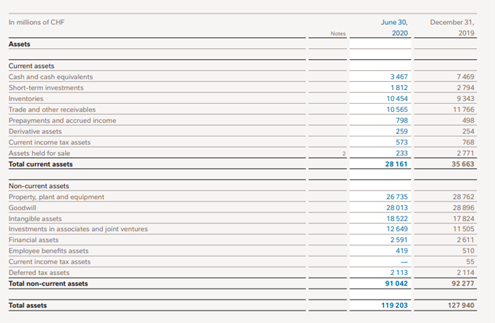
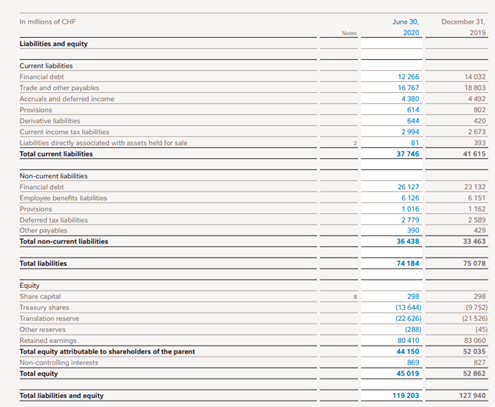
Source: https://www.nestle.com/sites/default/files/2020-07/2020-half-year-report-en.pdf
As we can see, the balance sheet is composed of two parts: on one side the assets, and on the other side the liabilities and equity.
We can also note that the amounts of total assets are always equal to the sum of the total liabilities and equity, which is the accounting equation:
Assets = Liabilities + Equity
In other terms, everything that the company has is either capital (which the company owns) or debt (cash that the company can use and benefit from but must pay back at some point). Through the balance sheet, we can quickly understand the company's financial and business situation, in the sense that a company with a lot of debt will be more unstable than a company with a better capital/debt ratio.
What is the relationship between assets, liabilities, and equity?
Liabilities are expenses that are typically owed or required to be paid to keep the company running. Depending on the date they are due, they can be classified as a current liability or a long-term liability.
Equity is the amount of money that would be returned to shareholders if all of the company's assets were liquidated and all of its debts were paid off.
the basic accounting equation as we mentioned before is:
Assets = Liabilities + Equity
This means the total assets are equal to the sum of total liabilities and equity.
How do you find total assets on a balance sheet?
Companies are usually divided into private and listed companies. All listed companies are required by law to disclose their balance sheets regularly, so all listed companies' balance sheets can usually be found on their official website, usually in the company's annual report.
For example, in the case of Nestlé, you can find the company's annual or half-yearly report directly in the "Investors" section of the website. The balance sheet will be reported in a detailed manner.
In the case of a private company's balance sheet, it may not be available on the company's website. Investors may be able to obtain it by contacting the company's finance department.
Check out our next article: What is a Stock?


